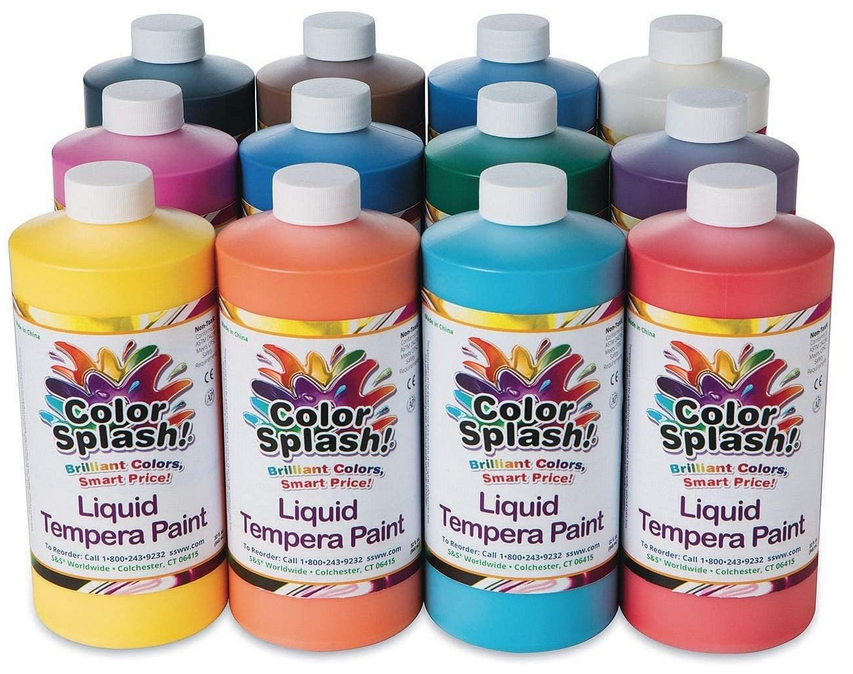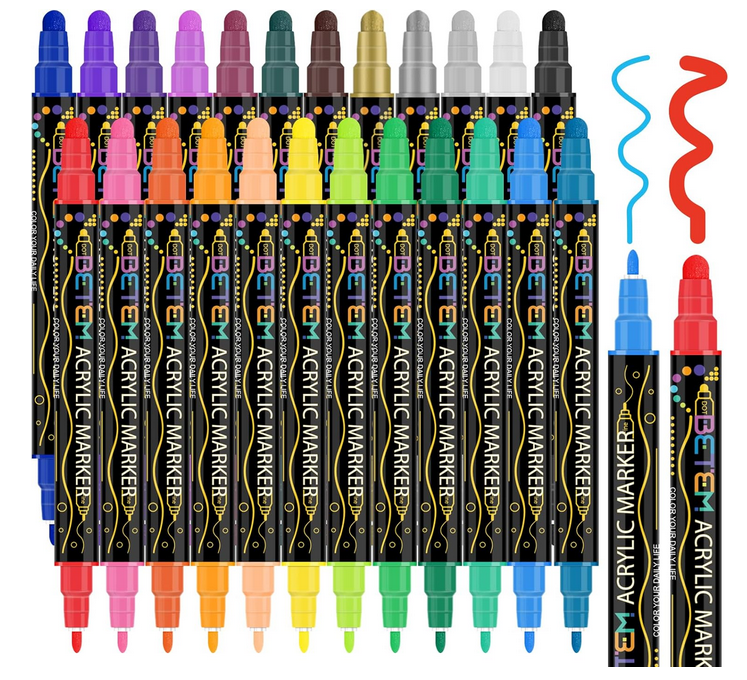- Home
- Art History
- Romanticism
Romanticism
Romanticism is an art movement explored by artists, writers, musicians and intellectuals in general from about 1780 to 1850. This movement conveyed emotion, intuition, subjectivity, and the imagination. A preoccupation with feelings in art was held to affirm an individual's experience, apart from contemporary conventions.
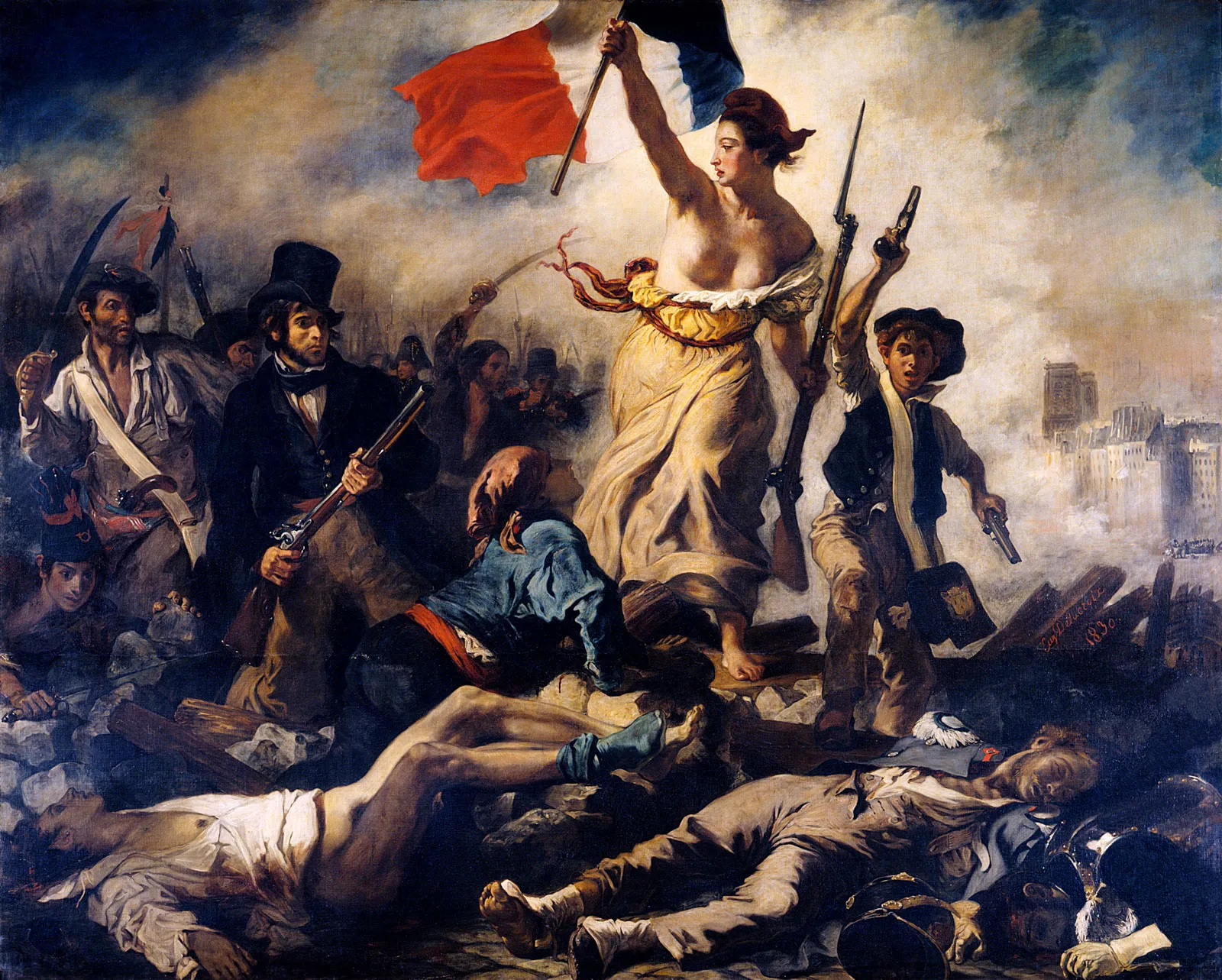
Liberty Leading the People
- by Delacroix, c. 1830
~
Against the backdrop of the Industrial Revolution, uprisings in North America and France inspired strong feelings and gave ordinary people a new power.
|
Developing alongside Neoclassicism, Romanticism rejected reason and discipline in favor of emotion, passion, spirituality, and mystery. The name derived from imaginative, medieval tales known as romances. Artists and writers explored contemporary themes and expressed their feelings, from revolutionary fervor to dreams or a love of the landscape and nature. |
Romantics had no single approach or viewpoint, but some common themes occurred within the movement's artworks, including a focus on nature, universal justice, and feelings over reason. Artists often used backgrounds to enhance the intensity of their personal vision: a combination of stormy emotion and untamed nature. |
Landscape painting achieved cult status as English Romantic painter gave natural scenes heroic overtones. The Romantic belief was that both man and nature were touched by the supernatural - one could tap this inner divinity by relying on instinct.
|
Fur Traders - by George Bingham, c.1845 |
|
French Romantics
English Romantics
American Romantics
|
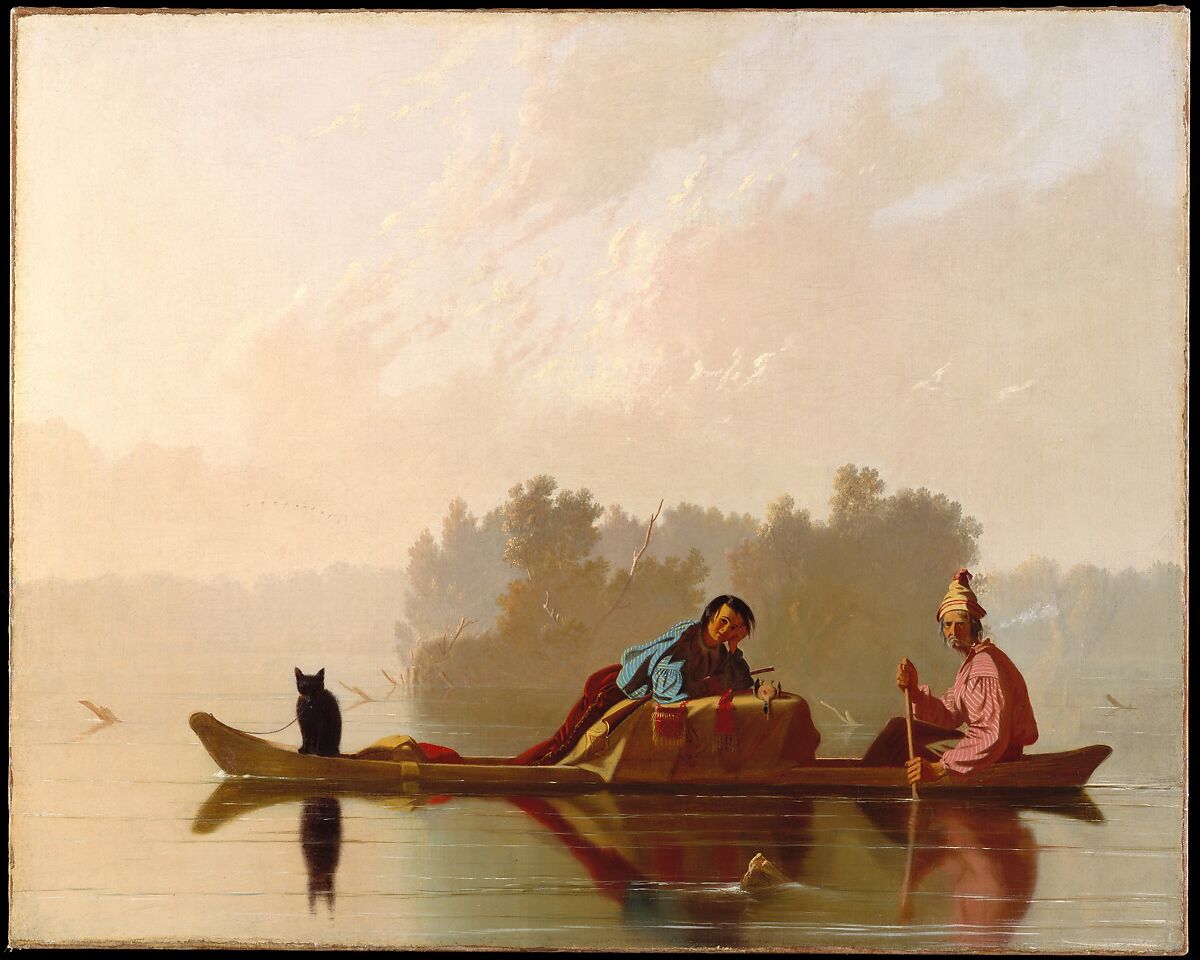 |
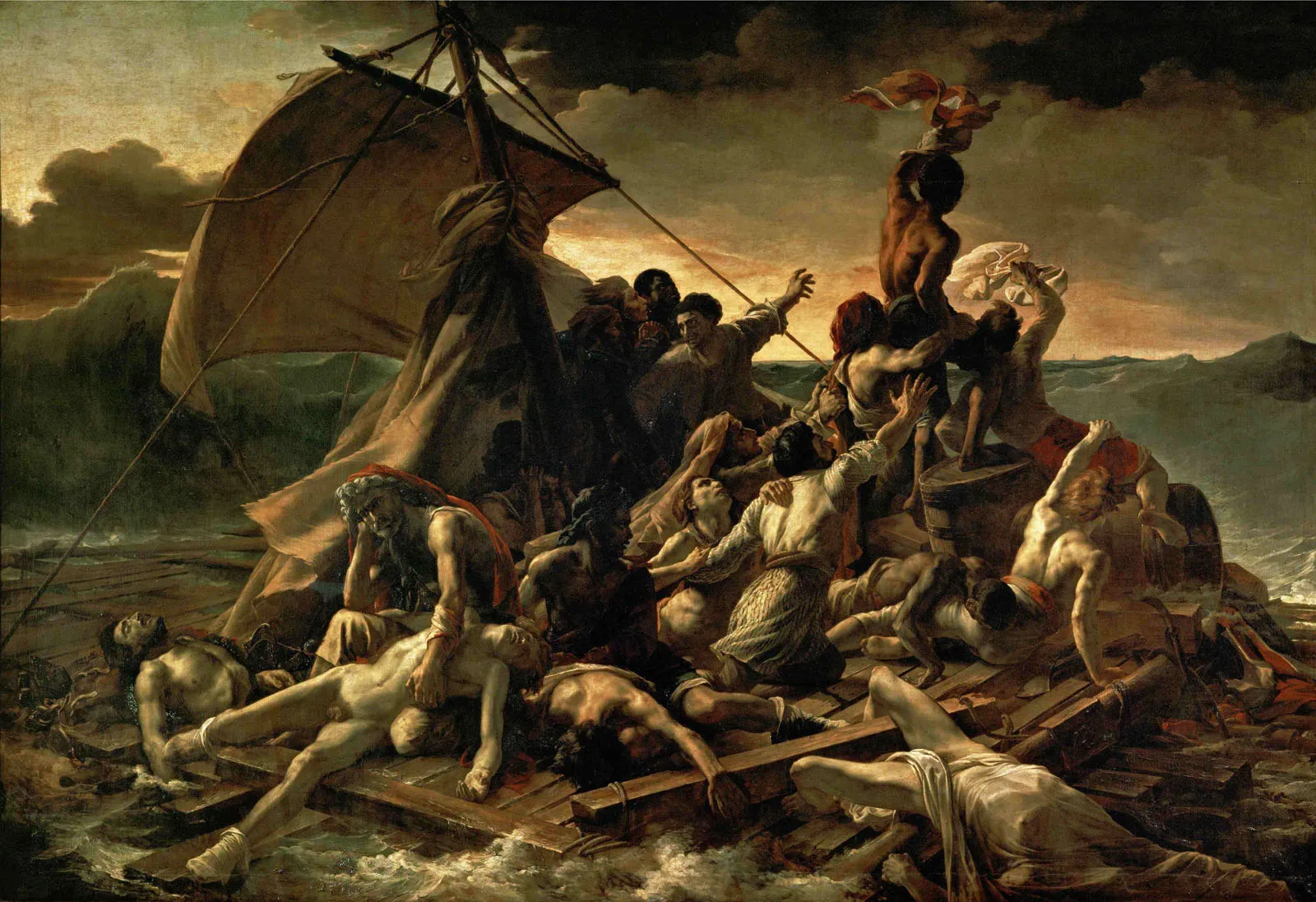
Raft of the Medusa -
by Géricault, c. 1819
Géricault's depiction of the survivors of the French ship Medusa shows the moment when a rescue ship appears on the horizon. Powerful light and dark contrast amongst the twisted figures adds to the composition's shock value. The painting was considered an affront to the government for its mismanagement. This painting combines the exhilaration of imminent rescue and the despair of having lost compatriots.
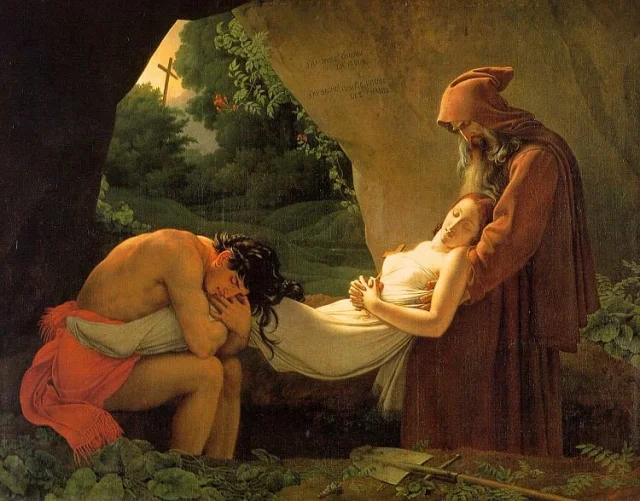
Burial of Atala -
by Girodet, c. 1808
Girodet shows suffering and death, faith and personal heroism based on Chateaubriand’s fictional story set in in the 1700s in the the French-owned Louisiana Territory. The Christian girl Atala made a vow to her mother to remain celibate, and rather than break it for her beloved, a Native American Natchez man named Chactas, she killed herself.
The painter has placed religion and passion side by side. Romanticism used themes of emotional intensity: death and burial, hopeless love, perished beauty, and the consolation of religion.
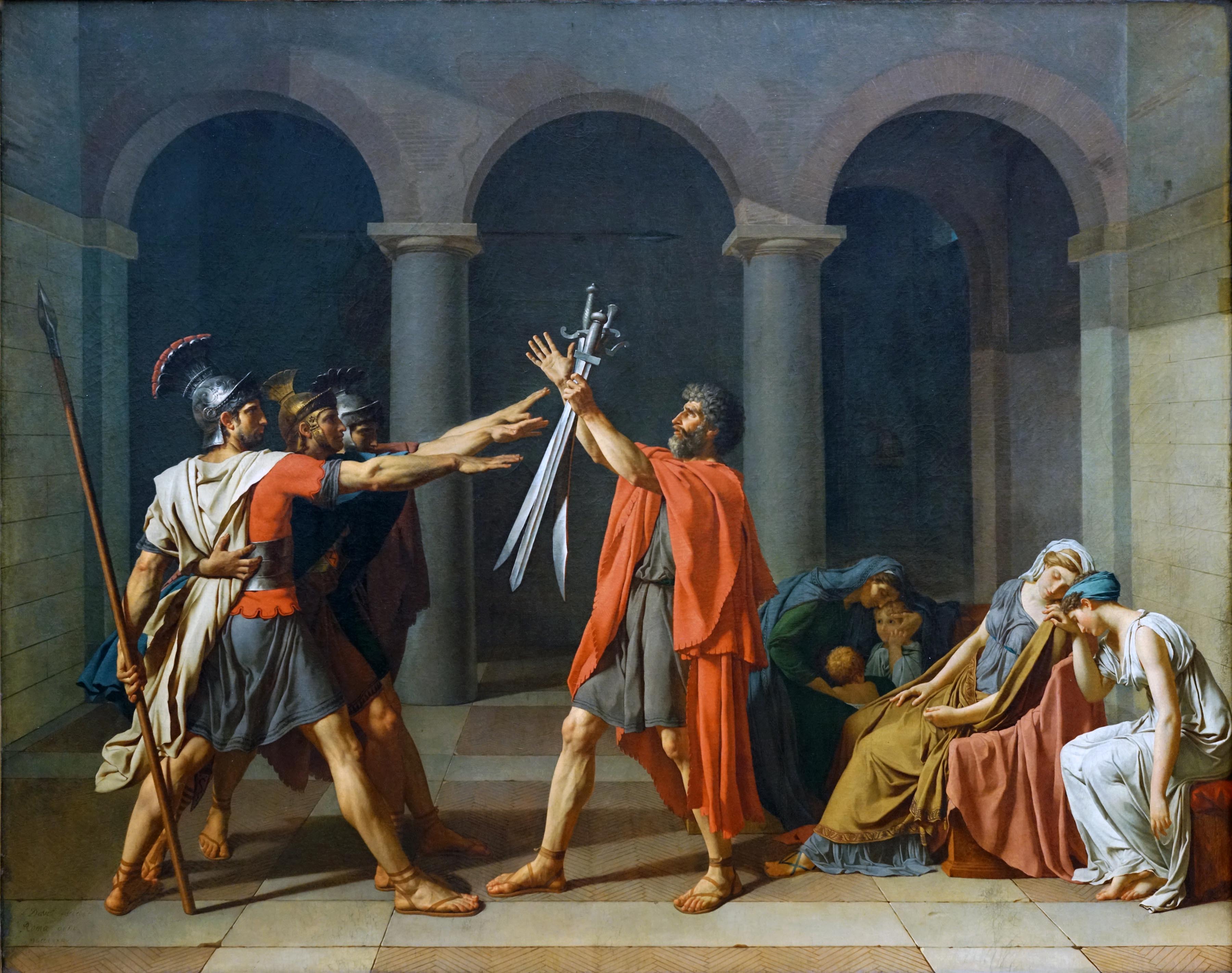
Oath of the Horatii -
by David, c. 1784
~
Jacques Louis David said his purpose was to "electrify the soul."
David's Oath painting was political. He wrote that "the arts must ... contribute forcefully to the education of the public." Thus he was engaged in the art of propaganda during the period of the French Revolution. It must have grandeur and a moral.
The subject of the painting is from a heroic phase of Roman history. Preparing for combat, three brothers swear on their swords to win or die for Rome, oblivious to the anguish of their sisters and fiancée. Manly virtues of courage, patriotism, loyalty are emphasized over the less heroic love, sorrow and despair.
Okay, so now I've put on some ads from Amazon - from which I may earn a few cents. (2025)
